Corpus Christi is one of the most important and anticipated festivals in Cusco, Peru. Celebrated 60 days after Easter, this religious festival is a spectacular display of faith, culture, and tradition, attracting both locals and tourists from around the world. In this blog, we'll explore the history, customs, order of the saints, and the activities that make Corpus Christi a unique and unforgettable experience.
History of Corpus Christi in Cusco
The Corpus Christi festival in Cusco has a rich and fascinating history that dates back to colonial times. This celebration is not only a religious event but also a testament to the encounter and fusion of two cultures: the Andean and the Spanish.
Colonial origins
When Spanish conquerors arrived in Peru in the 16th century, they brought with them Catholicism and its religious festivals. Among these was Corpus Christi, a celebration that honors the Eucharist, the body and blood of Christ in the sacrament of the altar. In Cusco, the ancient capital of the Inca Empire, this festival took on a new dimension by merging with pre-existing Andean beliefs and rituals.
The Incas already had a rich tradition of processions and festivals dedicated to their gods and nature. These celebrations included parades, dances, offerings, and practices that resonated with the way the Spanish celebrated Corpus Christi. Catholic missionaries leveraged these similarities to evangelize the indigenous peoples, adapting the Christian festival to local customs.
Corpus Christi today
Today, the Corpus Christi festival in Cusco is not just a religious celebration; it is a significant social and cultural event. It brings together thousands of people from various communities, promoting unity and solidarity. Moreover, Cusqueños have to celebrate their identity and cultural heritage, showcasing the richness and diversity of their traditions to the world.
When is Corpus Christi celebrated?
Corpus Christi is celebrated on the Thursday following Trinity Sunday, which is 60 days after Easter Sunday. The exact date varies each year depending on when Easter falls. In 2026, Corpus Christi will be celebrated on June.
This festival is one of the most important in Cusco. It blends elements of the Catholic faith with Andean traditions. It draws numerous faithful tourists who participate in processions, dances, and other cultural and religious activities.
The Procession of Saints and Virgins
One of the highlights of Corpus Christi in Cusco is the procession of saints and virgins. Each parish from the imperial city and surrounding areas participates, carrying their beautifully adorned saints or virgins on platforms. The procession follows this order:
San Antonio Abad/Saint Anthony the Abbot: Parish of San Cristobal
Known as the father of Christian monasticism, San Antonio Abad is revered for his austere life, which is dedicated to prayer and fasting in the desert.
San Jerónimo/Saint Jerome: Parish of San Jerónimo
Famous for his Latin translation of the Bible, known as the Vulgate, San Jerónimo symbolizes wisdom and knowledge.
San Cristóbal/Saint Christopher: Parish of San Cristóbal
The patron of travelers, San Cristóbal, is known for his strength and devotion to helping others. His image is one of the largest and most spectacular in the procession. He always carries the figure of the Child Jesus on his shoulders.
San Sebastián/Saint Sebastian: Parish of San Sebastián
San Sebastián is a Christian martyr known for his unwavering courage and faith. He is venerated as a symbol of bravery and spiritual resilience.
Interesting Fact | Those carrying the image of San Sebastián do so barefoot and tied with a rope, reflecting their devotion as they bring the saint into and out of the procession.
Santa Bárbara/Saint Barbara: Parish of Poroy
Santa Bárbara is the patroness of artillerymen and miners, known for her protection against lightning and storms.
Santa Ana/Saint Anne: Parish of Santa Ana
Santa Ana, the mother of the Virgin Mary and grandmother of Jesus, symbolizes family and Christian piety. Her face reflects nobility and tenderness. She is depicted holding the Virgin Mary and hails from the Karmenqa neighborhood.
Santiago Apóstol/Saint James the Apostle: Parish of Santiago
Santiago Apóstol, the Greater, one of Jesus's twelve apostles and the patron saint of Spain, reminds us of the evangelizing mission and divine protection.
San Blas/Saint Blaise: Parish of San Blas
San Blas, the protector of artisans, dresses as a bishop with a mitre, crozier, and cape, and sometimes wears a small round hat. He is accompanied by six altar boys who assist with his iconographic attributes.
San Pedro/Saint Peter: Parish of San Pedro
San Pedro, one of Jesus' most prominent apostles and the first Pope of the Catholic Church, comes from the Church of San Pedro, near the Church of Santa Clara in central Cusco. He carries a key, symbolizing either the key to heaven or the key to the church.
San José/Saint Joseph: Parish of Belén
The husband of the Virgin Mary and the earthly father of Jesus, San José is the patron saint of married couples and carpenters. He and the Child Jesus wear beautiful crowns and hold silver staves. San José is revered for his humility, hard work, and dedication to his family.
Virgen de la Natividad/Virgin of the Nativity: Parish of Almudena
The Virgen de la Natividad, also known as "Our Lady of Almudena," is depicted with a maternal expression, holding the Child Jesus in her arms. Her attire is elaborate, featuring gold embroidery and jewels that enhance her majesty.
Nuestra Señora de los Remedios/Our Lady of Remedies: Parish of Santa Catalina
Our Lady of Remedies is known for providing comfort and assistance in times of need. Many miracles, especially those related to health and protection against epidemics, are attributed to her.
Virgen Purificada/Purified Virgin: Parish of San Pedro
The Virgen Purificada is depicted with a serene and majestic expression, dressed in garments embroidered with gold and silver threads. She holds the Child Jesus in her arms, symbolizing purity and motherhood. The image is adorned with jewels and offerings from devotees.
Nuestra Señora de Belén/Our Lady of Bethlehem: Parish of Belén
Known as "La Mamacha Belén," this revered image of the Virgin Mary has a deep connection with the history and culture of Cusco. Among her precious jewels is a gold pin called Tupu, which belonged to the daughter of Inca Sayri Túpac, reflecting Inca heritage.
Inmaculada Concepción/Virgin of the Immaculate Conception: Cusco Cathedral
The Virgin of the Immaculate Conception is considered the Patroness of Cusco, welcoming all the saints. Known as “La Linda,” she is one of the most beautiful and revered images.
Customs and traditions in Corpus Christi
The entry to Corpus Christi
The Entry takes place the day before Corpus Christi, usually on a Wednesday. Early in the morning, the faithful and the brotherhoods gather to prepare the images of the saints and virgins. The atmosphere is filled with anticipation and joy as everyone gets ready for the event.
The Grand Procession
The Corpus Christi procession in Cusco is one of the most impressive displays of this cultural blend. It usually happens on the Thursday following the Entry. Every year, 15 saints and virgins from different parishes in and around Cusco are carried on platforms adorned with flowers and jewels to the Cusco Cathedral.
Extra Fact | Many of the images of the saints and virgins, which are of colonial origin, are true works of art, carved and painted with exquisite detail. These images represent not only religious figures but also symbols of community identity and local pride.
The Octave of Corpus
The Octave of Corpus Christi continues the main celebration of Corpus Christi in Cusco. It takes place one week after the main event and marks the end of the festivities.
The dances
Traditional dances accompany the Corpus Christi procession in Cusco. Dancers wear colorful costumes representing historical and mythical characters. The dances, like the “Majeños” and “Qhapaq Qolla,” blend pre-Hispanic rituals with Catholic celebrations.
Religious syncretism
One of the most fascinating aspects of Corpus Christi in Cusco is the religious syncretism observed. Although the festival is ostensibly Catholic, many rituals and practices have roots in Andean traditions.
The gastronomy
Food is an integral part of Corpus Christi. Banquets feature traditional dishes such as “chiriuchu,” a signature dish of Cusco eaten cold and consisting of guinea pig, chicken, jerky, cheese, toasted corn, and seaweed.
Things to do during Corpus Christi
- Visit Cusco Cathedral, the epicenter of the celebration.
- Enjoy the dances and music, and watch dancers in their colorful costumes.
- Explore local markets and restaurants, and try “chiriuchu” and other traditional dishes.
- Buy Handicrafts, from textiles to jewelry, perfect souvenirs for your visit to Cusco.
- Explore San Pedro Market and learn more about local ingredients and products.
- City Tour the historic center of Cusco, and visit landmarks like the Plaza de Armas, Qoricancha Temple, and Sacsayhuaman.
- Visit the Church of San Francisco and other parishes; each offers its own program of religious and cultural events.
- Connect with the local community and learn about their customs and traditions firsthand during Corpus Christi in Cusco.
A fusion of history and tradition
Corpus Christi in Cusco encapsulates the essence of the region’s history and culture. It has evolved over centuries, reflecting both colonial influence and indigenous resilience. Participating in this festival is an opportunity to immerse yourself in one of Cusco’s most vibrant traditions and appreciate the deep spirituality and creativity of its people.

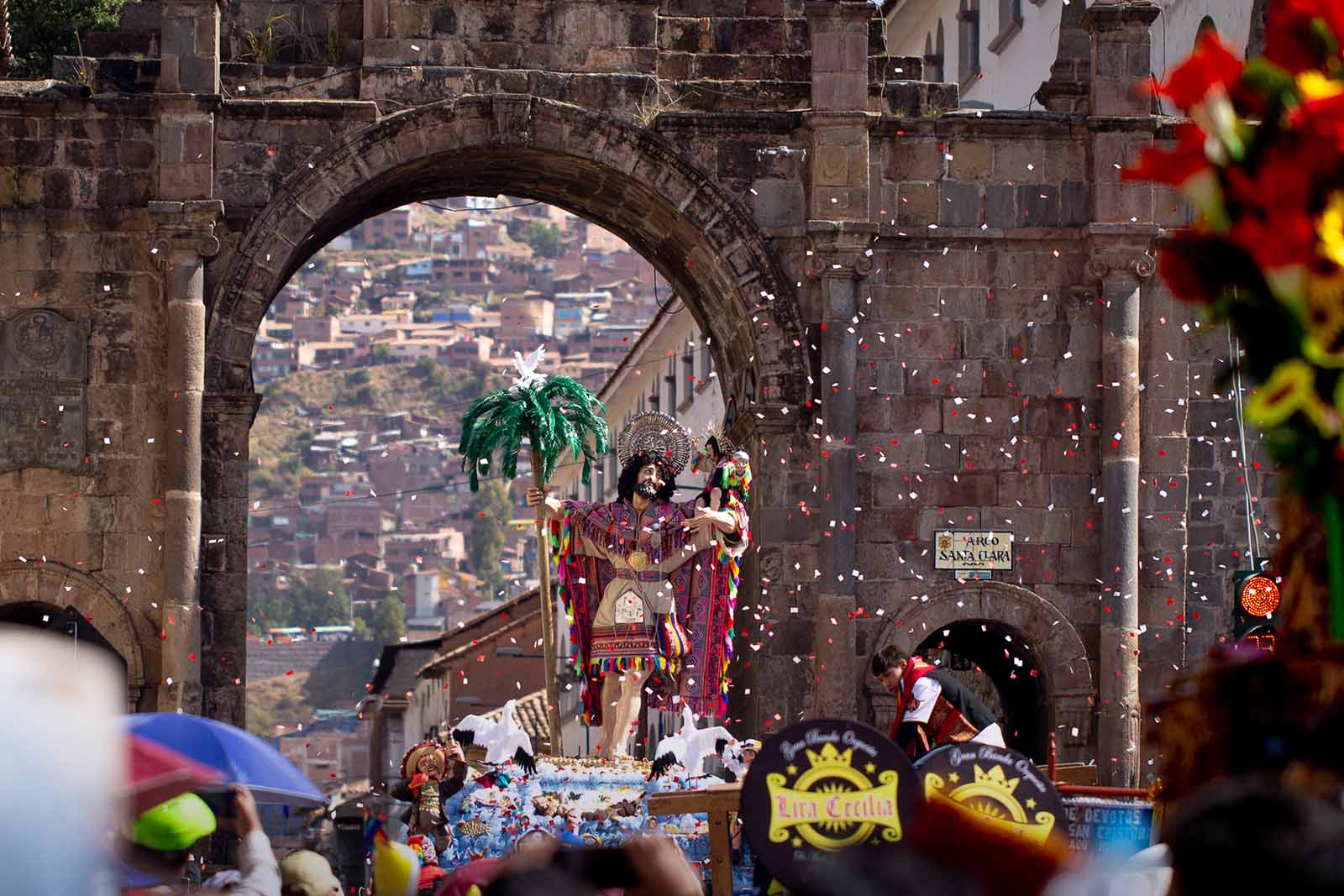
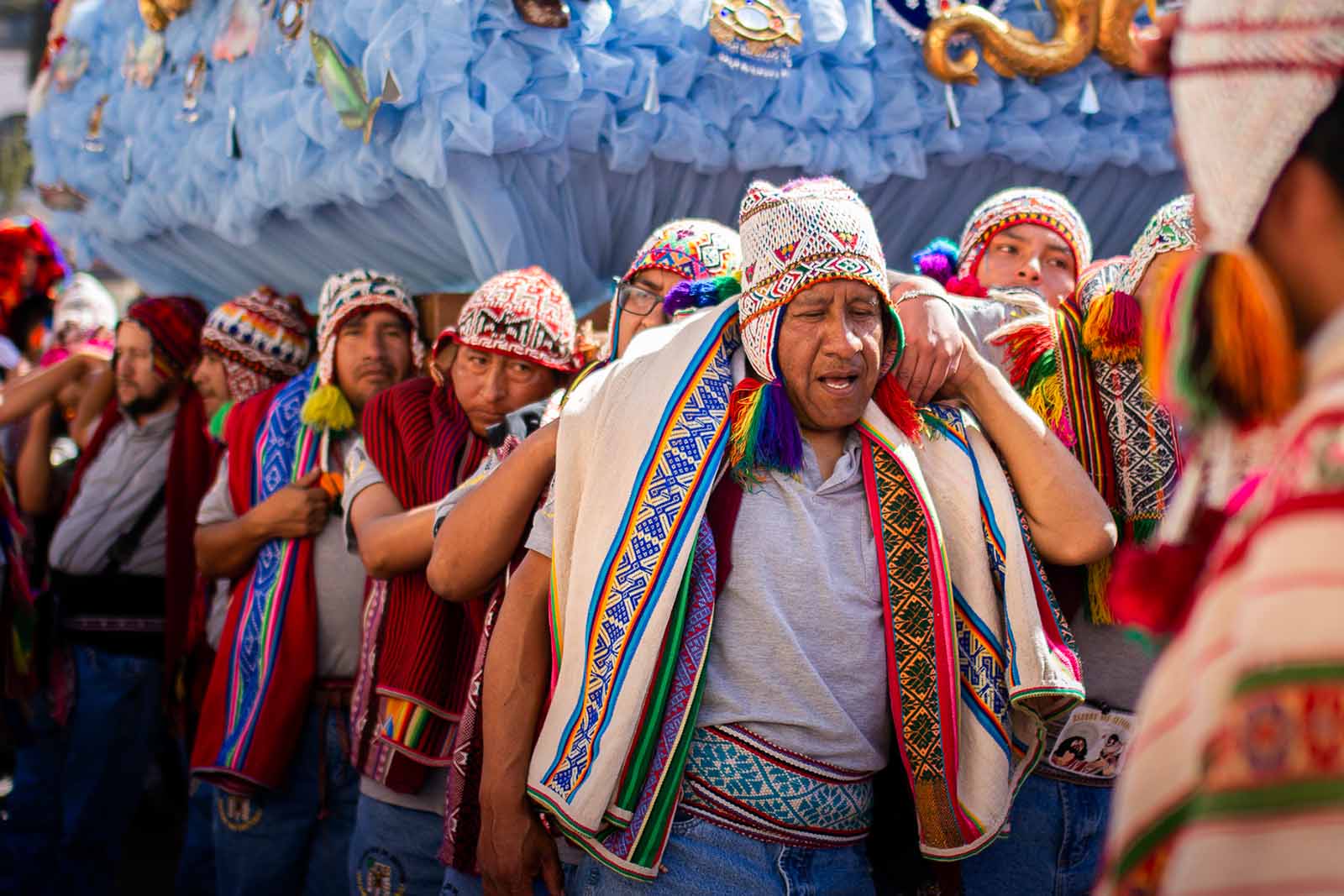
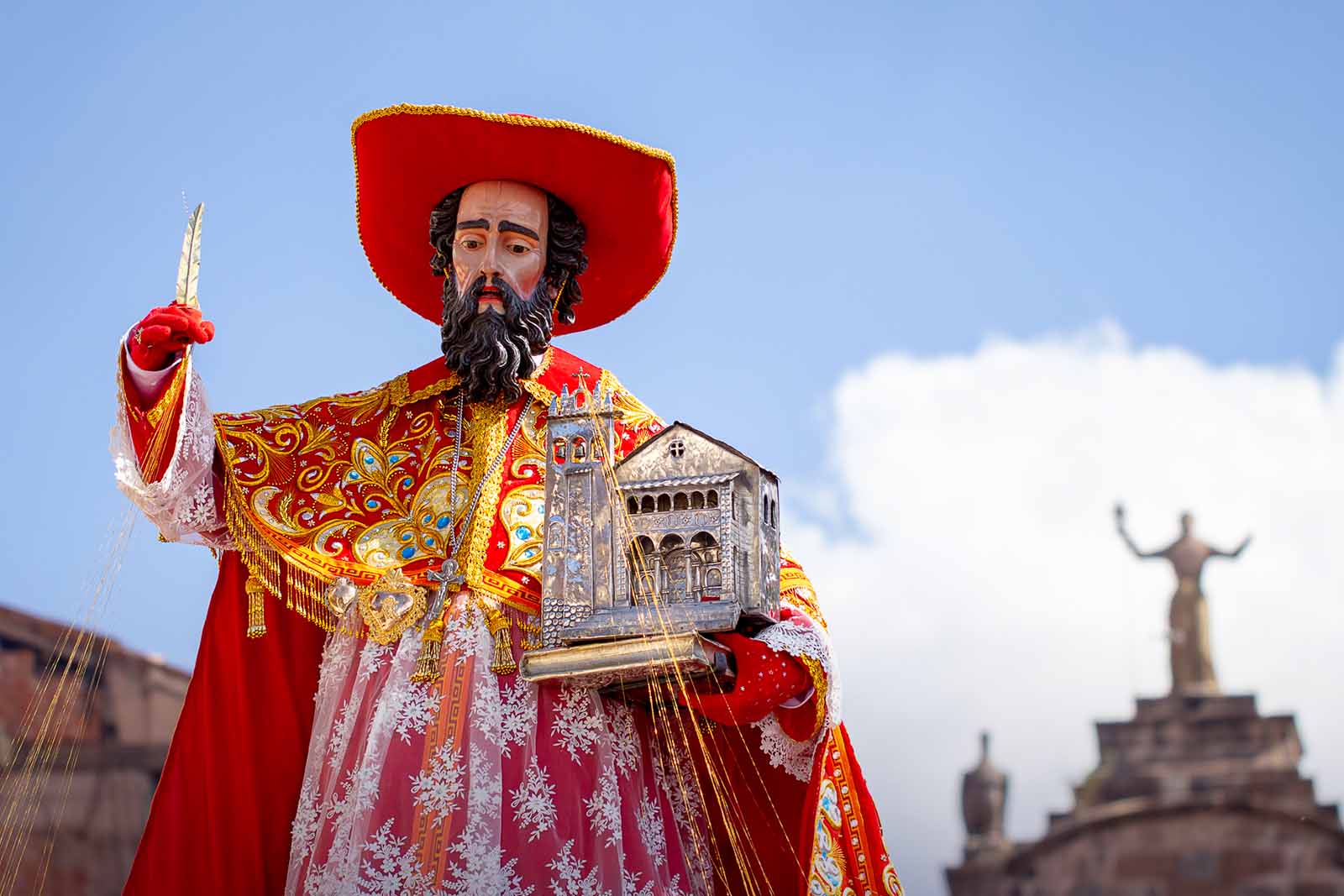
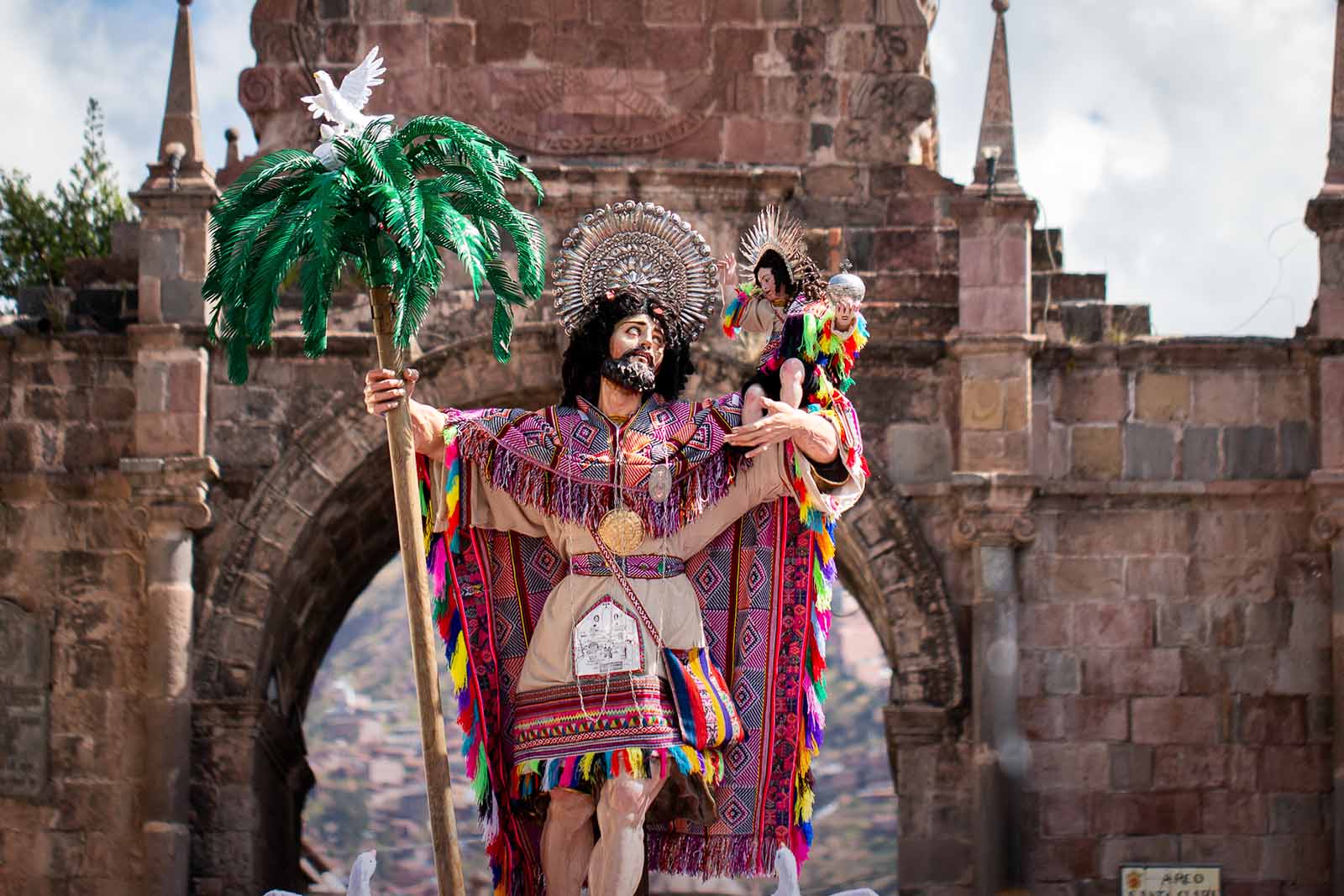

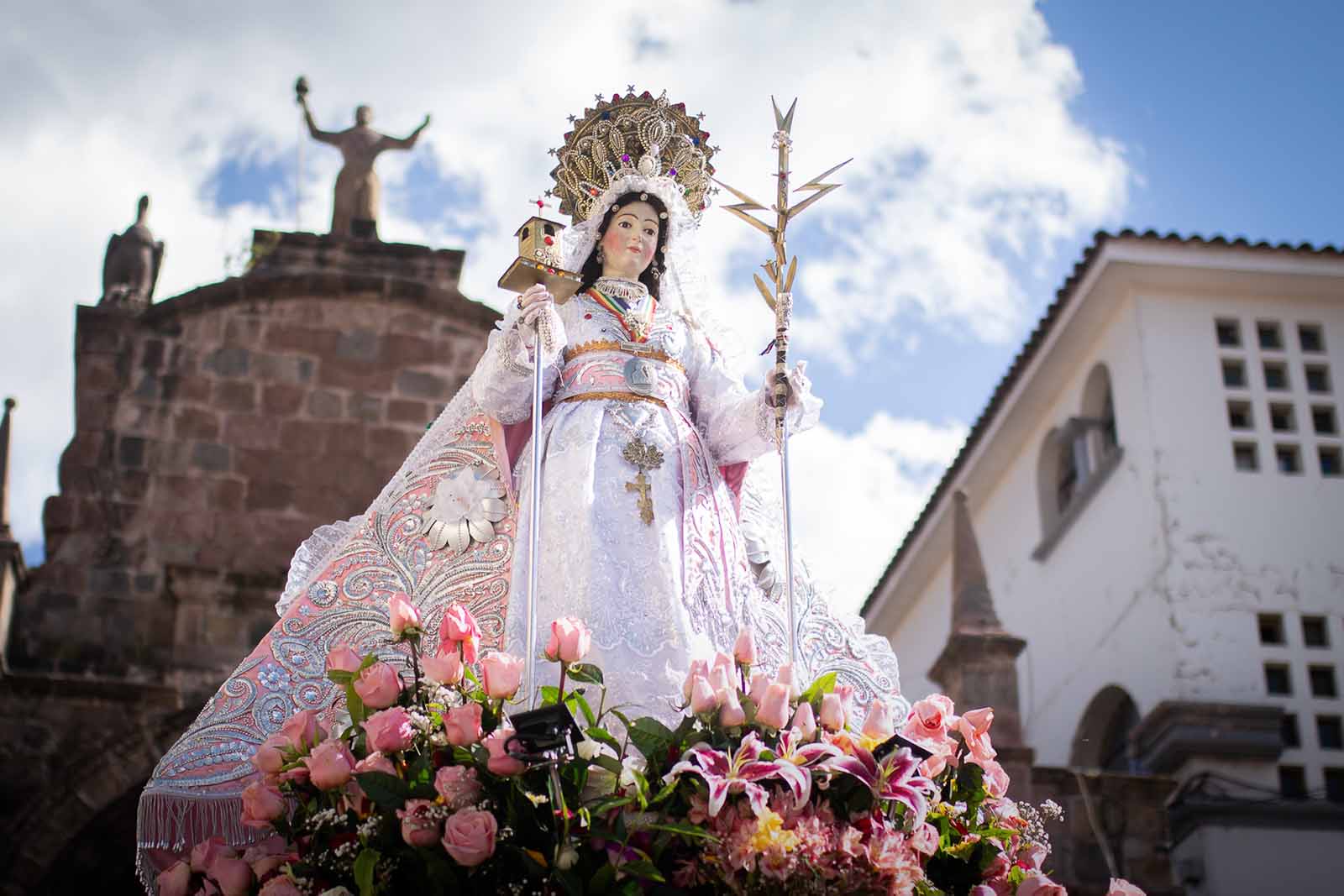
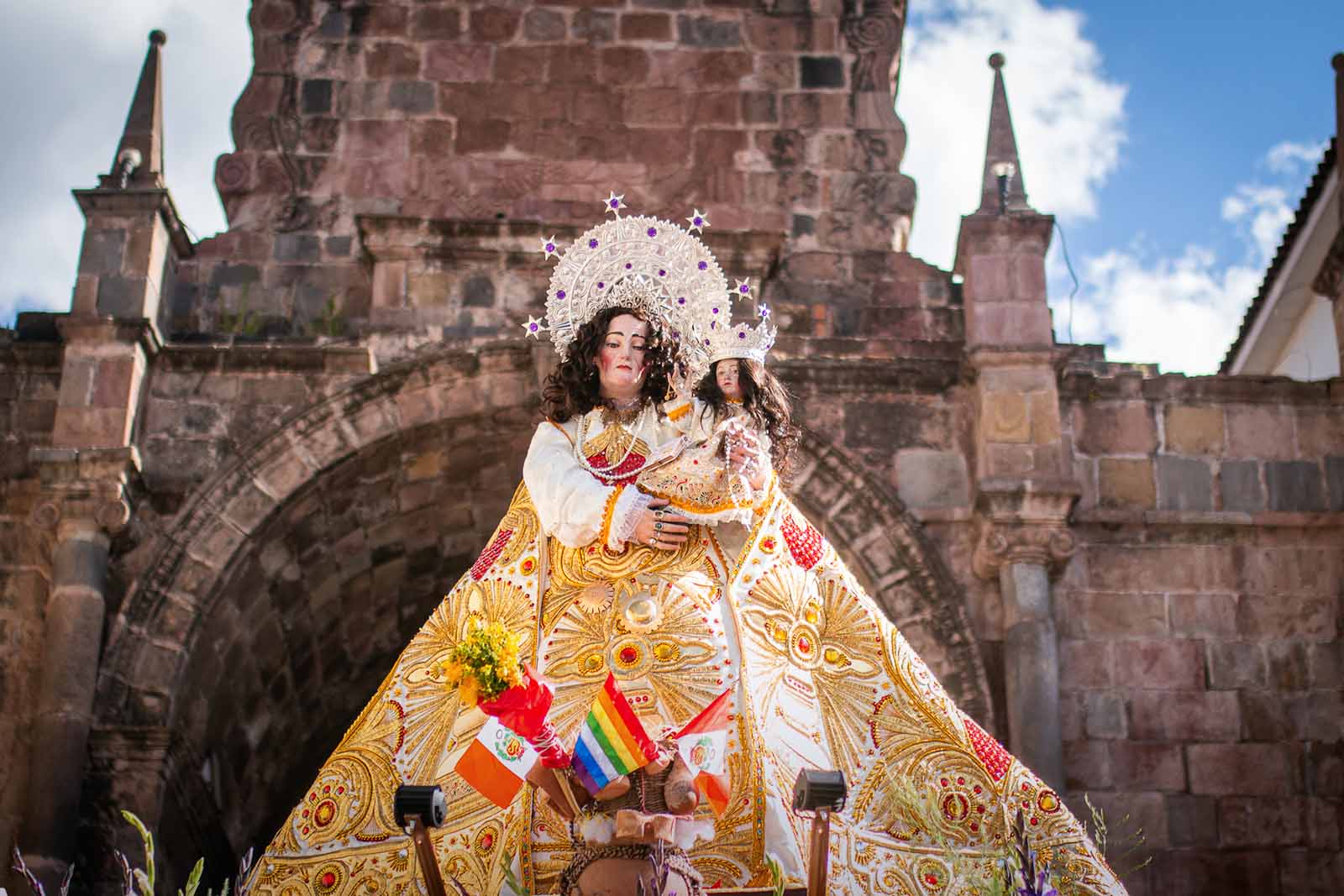
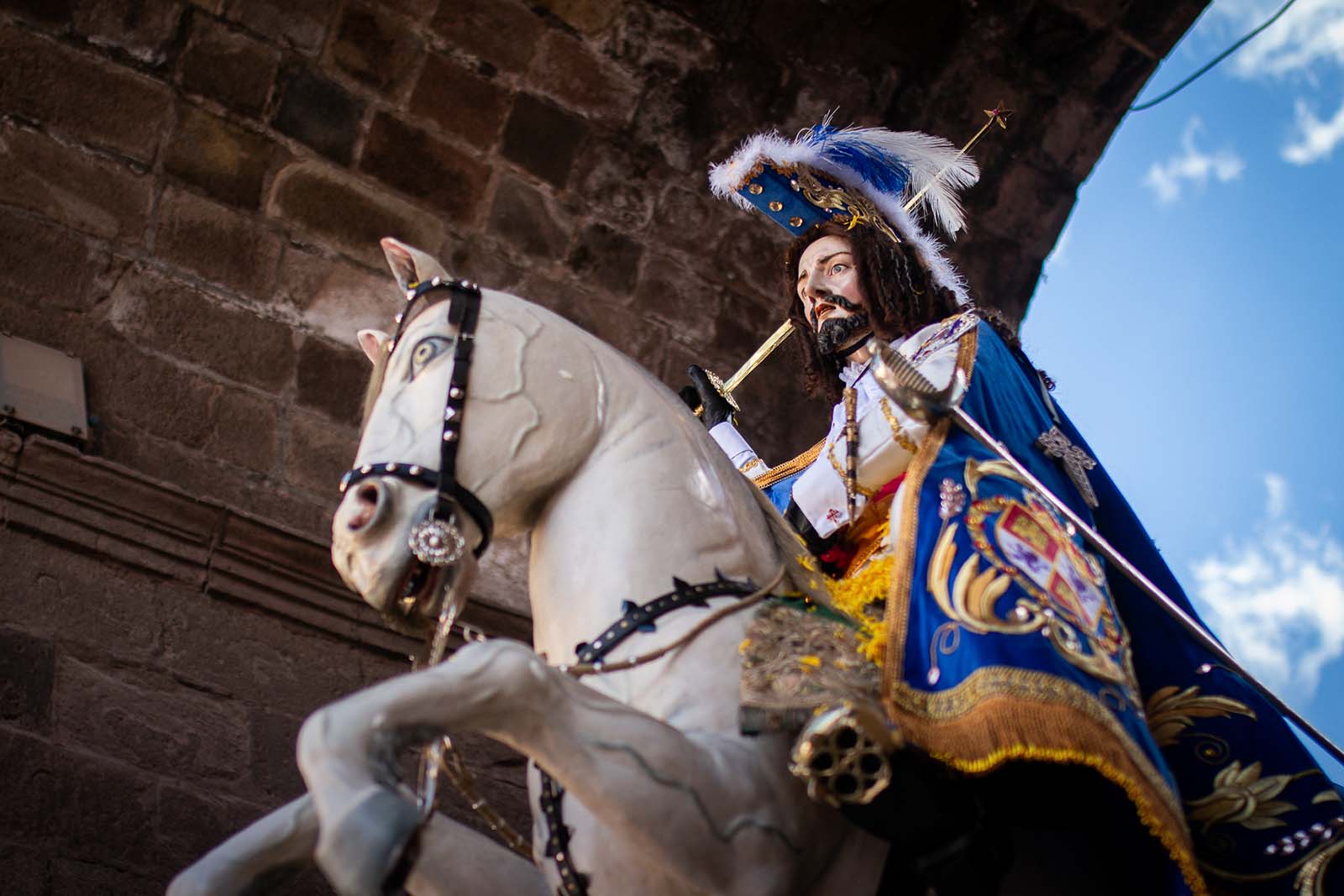
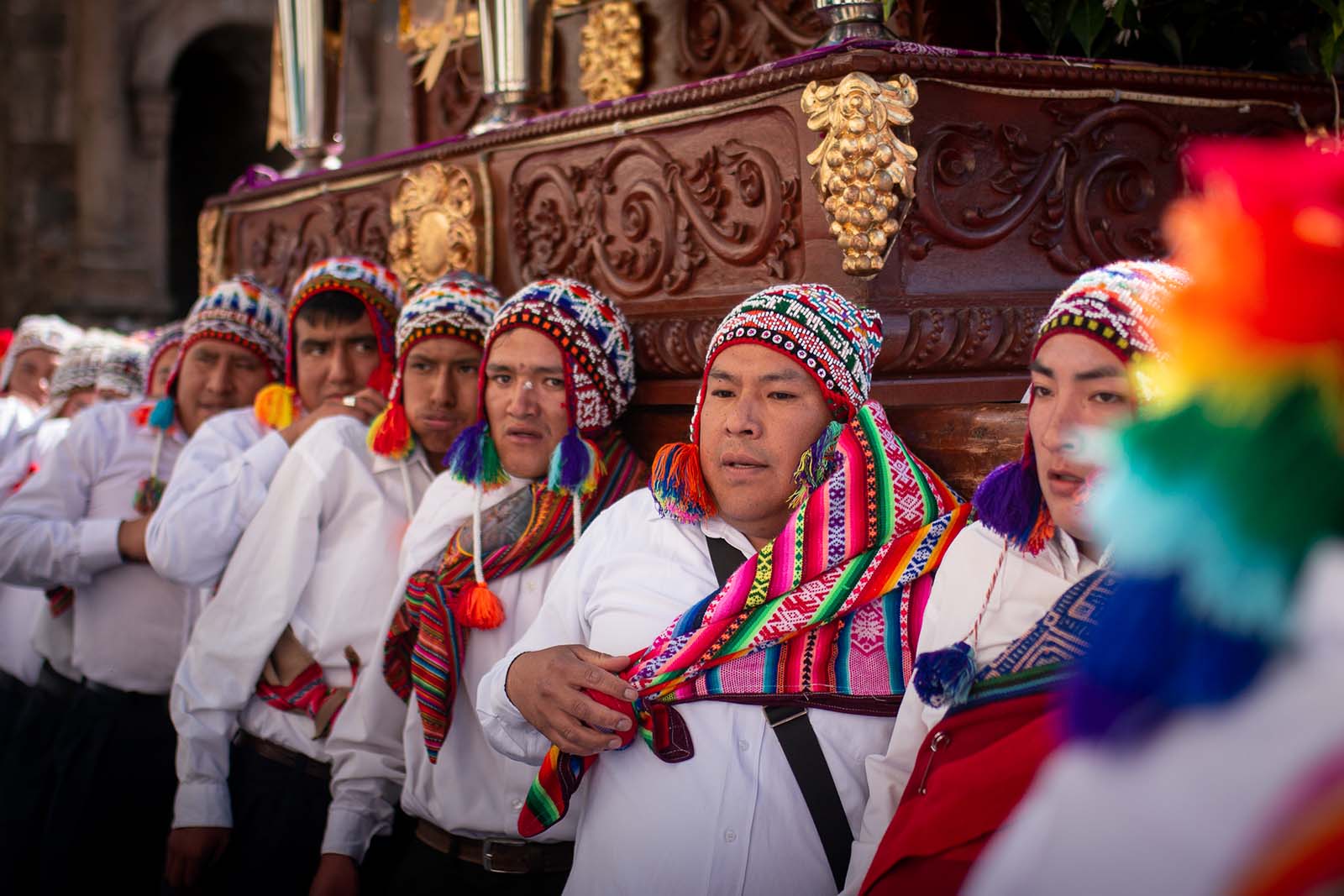

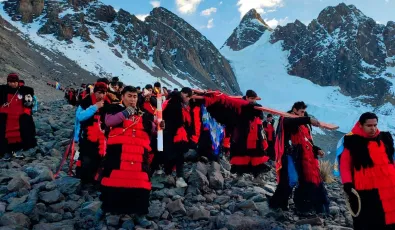
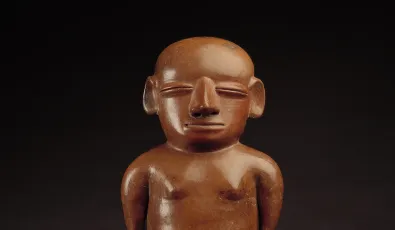
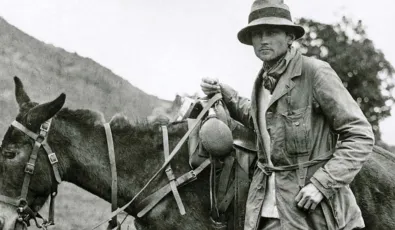

Add new comment